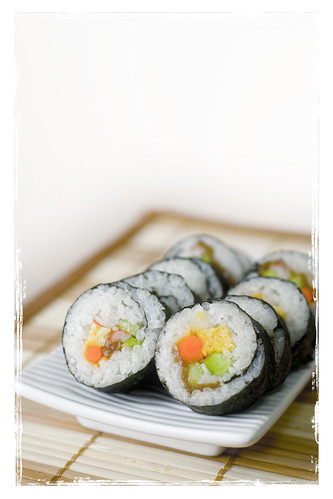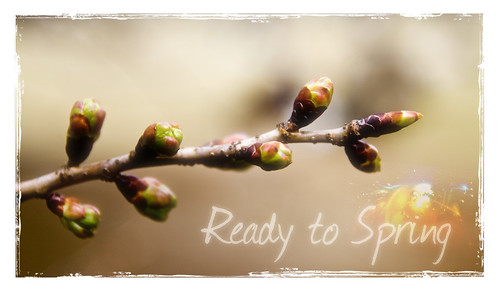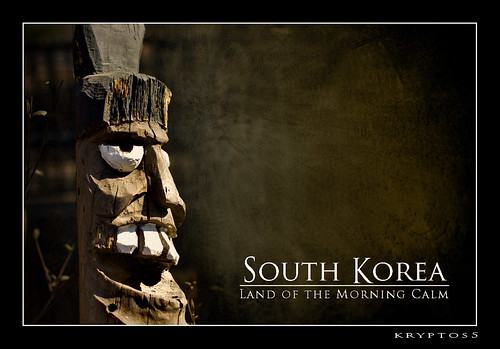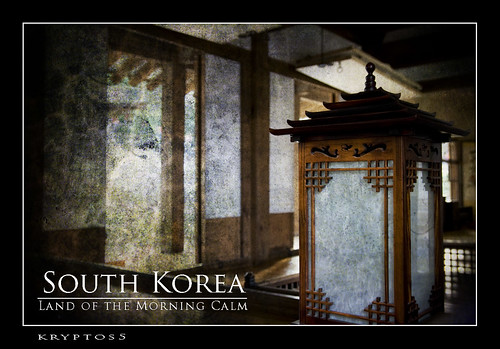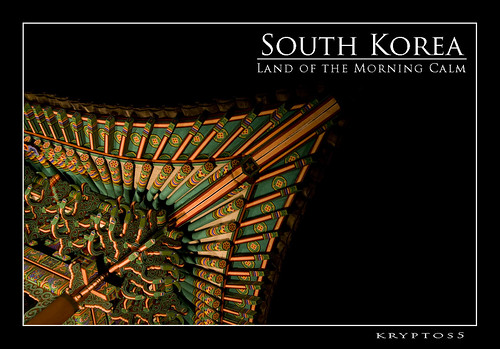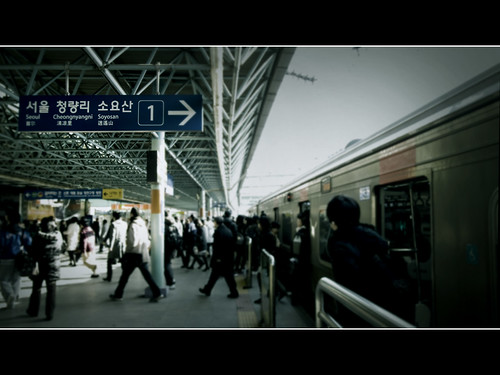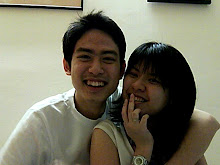Day #0 - ArrivalDay #1 - Acquainting SeoulDay #2 - Korean Wave»Day #3 - A Sip of SojuDay #4 - A Cultural Evening22 February 2009, SundayArtie has got loads of HDR photos on the cathedrals in Australia. Whether or not spending obscene amounts of money building monstrous relics is justified, I'm awed by their magnificence nevertheless. Which is why, I've always wanted to visit one myself.
The first brick church to be built in Korea in 1898 is situated in Myeong-dong. Since it was a Sunday, I thought it would be befitting to visit the Myeong-dong Cathedral and check out the Gothic architecture.
But before that, I dropped by at Deoksugung, since it would be Monday the next day and most palaces and museums are closed. It wasn't difficult to find my way to the palace because during the stroll with Cholong on Friday, we dropped by at the gates of the palace. But it was past opening hours then.
There are five palaces in Seoul, with Deoksugung being one of the smaller ones. Actually, it wasn't until the Japanese invasion in 1592, when all palaces in Seoul (then Hanyang) were burned down, that Deoksugung was used as a temporary palace.

Just like Gyeongbukgung, royal guards took their posts in front of the gate. I almost could not hold back my laughter when I saw this big guy here with his comical angry look.
"Bad boy, Daddy's gonna give you a good spank!"
The palace is very much smaller than Gyeongbukgung. After all, before the place was converted into a palace, it was but the residence of King Seongjong's elder brother.

This building here, named Junghwajeon, is the main hall of the palace, where Emperor Gojong conducted official meetings and state affairs. The stone slabs indicate the spots where the officers stood.
I tried looking for a tour guide to tag along with, but there weren't many tourists around. Perhaps due to its relatively small scale, Deoksugung is not as popular as the other four palaces in Seoul. But I did meet a Japanese woman in her thirties. She was looking around for someone to help her take a photo.
"Excuse me, are you a Japanese?" she came up to me.
"Uh, not really." I'm sure she caught a glimpse at the Japanese guidebook I stuffed into the pocket of my backpack, because I don't remember wearing a "Nippon Ichiban" T-shirt that day.
It took me less than two hours to walk around the place, including a quick stop at the art gallery in the palace. I had lunch at a random restaurant I could find in the vicinity, and headed towards Myeong-dong.
According to the guidebook, Myeong-dong is "the most popular shopping area in the country". For those who've been to Tokyo, it's suffice to say that the place is akin to Shibuya or Harajuku, the kind of place where teenagers like to hang out at. Fashion stores,
noraebang (karaoke box), restaurants, cinemas...

One thing's different, though. Here, you get preachers on the streets. This lady, for instance, was holding a Bible and singing some hymns in Korean, Japanese, English and Chinese. Next to her, was a signboard which openly bore, "Lord Jesus heaven, no Jesus hell".
Oh, I wish she's wrong. Because otherwise, I'll be going to hell...
Squeezing my way through the crowd, I eventually came to the Myeong-dong Cathedral but gosh there were plenty of people. It turned out that they were having a mass for late Kim Sou-hwan, the South Korean cardinal who just passed away.
Oh well, that totally foiled my plan to take a peep inside the cathedral. Besides, the weather was bad so I couldn't take a decent shot at the building either. Just check out their
official website if you're interested.
At three, I headed south from Myeong-dong to Coex Mall in Samseung, where I was supposed to meet Mirye an hour later. She's one of the two Korean girls I met during the trip to Hiroshima last summer. The other one lives in Ulsan, far on the southern tip of the peninsula, so I didn't have the chance to meet her this time.
I don't understand why they included this place in the guidebook but there wasn't much to see at Coex Mall. It was, well, just a mall. But, despite the disappointment, at least I got to meet my friend.
With her was a senior from her university. He scribbled his name in
hangul for me. But when he was about to write his surname "Chwi" in
hanja (Chinese character), he squinted his eyes and tilted his head, trying to recall the strokes. In the end, he wrote it as a "?" instead.
"Ahh!" he sighed in frustration.
Chwi spoke little English. "Short-short, okay," he said with an apologetic look. Meaning, he understood only short sentences. That being said, he indiscriminatingly doubled the words in a desperate attempt to lengthen his sentences. "Very-very good"... "Okay-okay"... Most of the time, Mirye acted as our interpretor, busily translating between Korean and Japanese with the occasional help from her electronic dictionary.
"So, anything in particular that you want to see?" Mirye asked after dinner.
"Hmm, I'd like to try some
soju," I said.
And so, off we went to Yeungdeungpo (
영등포, 永登浦) in search for some
soju.
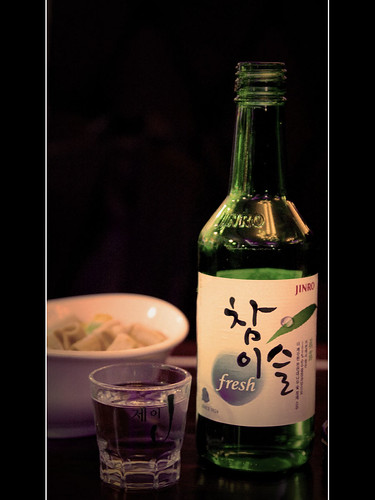 Soju
Soju is as cheap as 1 liter of Coca Cola in Japan. It is after all a popular beverage in Korea. Surprisingly, Korean wine did not taste as strong as Japanese
sake. In fact, it tasted slightly sweet; sugar is added during the wine-making process.
Being a weak drinker, I took care not to over-drink. Despite that, Adrian was quick to notice the
soju smell when I got home that night.
"You smell like those Korean salary men on late trains.
Soju?"
I grinned.
